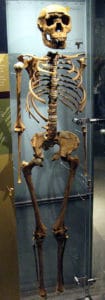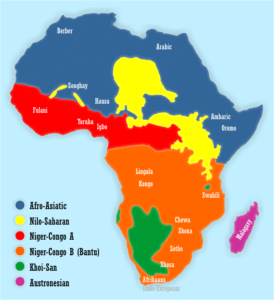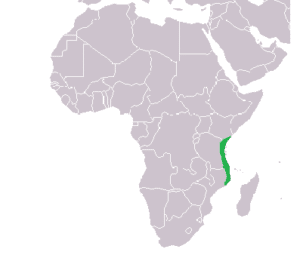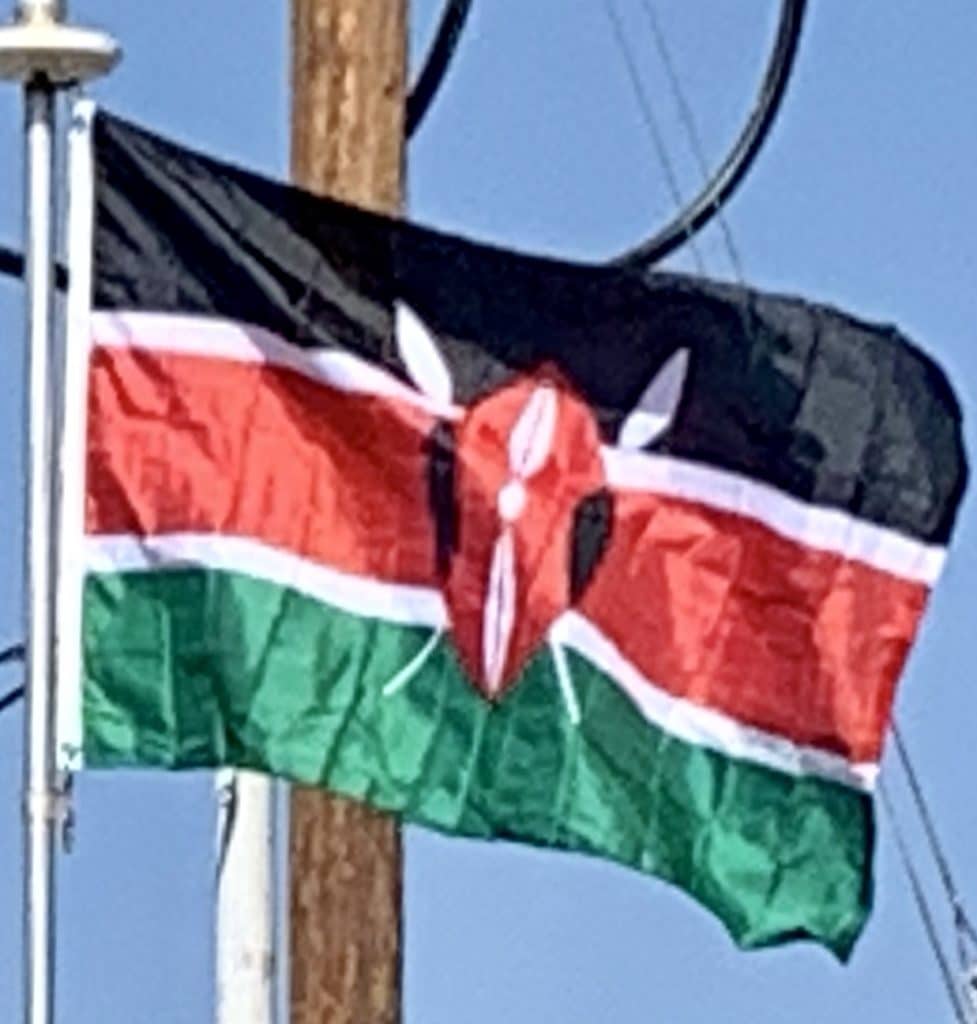
East Africa, including Kenya, is one of the earliest regions where modern humans (Homo sapiens) are believed to have lived. Evidence was found in 2018, dating to about 320,000 years ago, at the Kenyan site of Olorgesailie, of the early emergence of modern behaviors including: long-distance trade networks (involving goods such as obsidian), the use of pigments, and the possible making of projectile points.
The first inhabitants of present-day Kenya were hunter-gatherer groups, akin to the modern Khoisan speakers. These people were later largely replaced by agropastoralist Cushitic (ancestral to Kenya’s Cushitic speakers) from the Horn of Africa. During the early Holocene, the regional climate shifted from dry to wetter conditions, providing an opportunity for the development of cultural traditions such as agriculture and herding, in a more favorable environment.
Around 500 BC, Nilotic-speaking pastoralists (ancestral to Kenya’s Nilotic speakers) started migrating from present-day southern Sudan into Kenya.

By the first millennium AD, Bantu-speaking farmers had moved into the region, initially along the coast. The Bantus originated in West Africa along the Benue River in what is now eastern Nigeria and western Cameroon. The Bantu migration brought new developments in agriculture and ironworking to the region.
Swahili Trade Period:
The Kenyan coast had served host to communities of ironworkers and Bantu subsistence farmers, hunters, and fishers who supported the economy with agriculture, fishing, metal production, and trade with foreign countries. These communities formed the earliest city-states in the region, which were collectively known as Azania.
By the 1st century CE, many of the city-states such as Mombasa, Malindi, and Zanzibar began to establish trading relations with Arabs. This led to increased economic growth of the Swahili states, the introduction of Islam, Arabic influences on the Swahili Bantu language, cultural diffusion, as well as the Swahili city-states becoming members of a larger trade network.
The Kilwa Sultanate was a medieval sultanate centered at Kilwa, in modern-day Tanzania. At its height, its authority stretched over the entire length of the Swahili Coast, including Kenya.

Swahili, a Bantu language with Arabic, Persian, and other Middle-Eastern and South Asian loanwords, later developed as a lingua franca for trade between the different peoples. Swahili now also has loanwords from English.
The Swahili built Mombasa into a major port city and established trade links with other nearby city-states, as well as commercial centres in Persia, Arabia, and even India. By the 15th-century, Portuguese voyager Duarte Barbosa claimed that “Mombasa is a place of great traffic and has a good harbor in which there are always moored small craft of many kinds and also great ships, both of which are bound from Sofala and others which come from Cambay and Melinde and others which sail to the island of Zanzibar.”
Later on in the 17th century, the Swahili coast was conquered and came under direct rule of Omani Arabs, who expanded the slave trade to meet the demands of plantations in Oman and Zanzibar. Initially, these traders came mainly from Oman, but later many came from Zanzibar. In addition, the Portuguese started buying slaves from the Omani and Zanzibari traders in response to the interruption of the transatlantic slave trade by British abolitionists.
